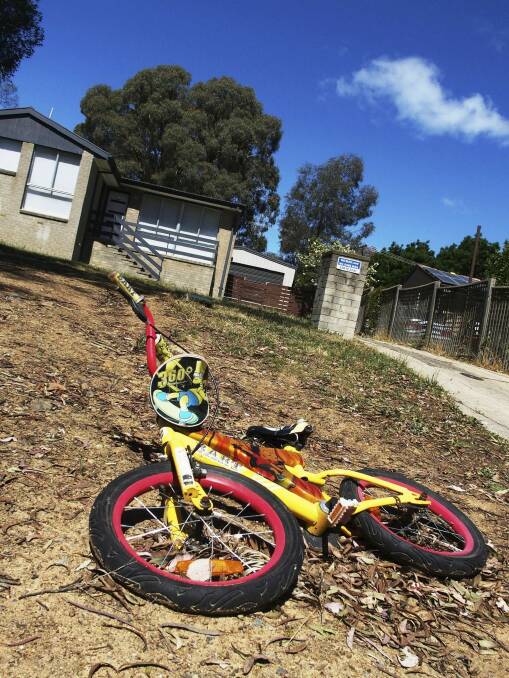Allowing dual occupancy developments to be built on Mr Fluffy blocks "tested" the demand for subdividing blocks in Canberra's established suburbs, the ACT Property Council has said.
Subscribe now for unlimited access.
or signup to continue reading
A government discussion paper has raised the idea of allowing separate unit titling of dual occupancies in RZ1 zones.

Dual occupancies are currently allowed in the RZ1 zone, which accounts for 81 per cent of Canberra's residential land, but only on blocks larger than 800 square metres or that used to have Mr Fluffy homes.
However the unit titles for the properties can't be separated, meaning they must be sold together.
Property Council ACT executive director Adina Cirson said allowing Mr Fluffy blocks to be subdivided had warmed the community up to dual occupancies.
The government's discussion paper said almost 50 per cent of people surveyed would consider building a dual occupancy if they could separate the unit titles.
"That demonstrates a shift in community sentiment about opportunities provided for housing affordability and ageing in place," Ms Cirson said.
"There is a nervousness about this and why those separation of titles was prevented in 2003 was because of the concern around the quality of the secondary residences on those blocks. There's a need to demonstrate that can be done well.
"The Fluffy blocks have been a good test for the demand in those suburbs for dual occupancies. While we're yet to see some of those being built I don't think the government got the community backlash they expected."
The ACT government tightened up the rules around dual occupancies in RZ1 zones in 2003.
But last year, the government rezoned blocks where homes containing Mr Fluffy loose-fill asbestos had been knocked down to allow land 700 square metres or larger to be subdivided and sold separately.
The changes were designed to make the blocks more attractive to buyers and help the territory recoup the millions spent on the Mr Fluffy buyback and demolition scheme.
At the time, planning minister Mick Gentleman also raised the possibility of a freeing up of dual occupancy rules more widely in the city.
But Inner South Canberra Community Council chair Marea Fatseas said there was "white-hot" concern about the government's "failure" to enforce current planning standards, which would only intensify if the RZ1 rules were relaxed.
"There's appalling things people have been able to get away with. A key question we would ask is how can we trust government to successfully manage this big change to Canberra's form if it can't even enforce its own rules now," Ms Fatseas said.
"Show us you're prepared to enforce the rules and crack down on cowboys. Once you do we can that trust then there'll be more community confidence that such a wide-ranging change would be managed properly."
Housing Industry Association ACT executive director Greg Weller played down the impact the changes would have on neighbourhoods.
"There are obviously concerns [about this changing the character of suburbs] but I don't think if this change is made we're all of a sudden going to see these developments all across suburbs," Mr Weller said.
"This is not something that will change the character of suburbs. Not all blocks this will work on and just the economics of it is not going to work in a lot of cases."
He said the move could help with housing affordability but only in conjunction with other "levers", like reducing the lease variation charge.
He also said the new $1200-per-equivalent-person capital charge from Icon Water could also hamstring development.
"What we want to do is increase density and hopefully through that improve housing affordability," Mr Weller said.
"One single action by the government, pulling one lever is not going to address housing affordability.
"We need to ensure if we go down the path [of allowing more dual occupancies] you're not stopping them through other measures."

